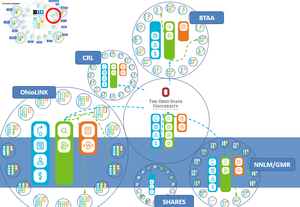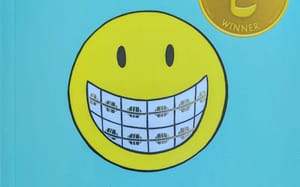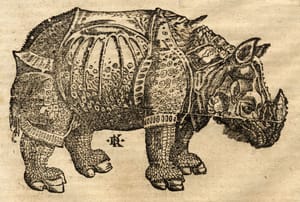I have just read with enjoyment David Pearson’s finely produced Books as history [Oak Knoll Press][Worldcat].
His theme is that the artifactual properties of books have historic, aesthetic or other interest independent of the texts they convey.
He opens with some consideration of the place of the book in the current digital environment, and then proceeds to the core of the book: a chapter each on five ways in which individual books are interesting.
- Books beyond texts. This chapter considers books as icons and the iconography of books. It looks at how books have been used in works of art and how works of art have been made from books. It considers the contribution of design, of illustration, and of typography to the impact of a book.
- Individuality within mass production. For much of its life the book has been an object of mass production, something explicitly acknowledged in FRBR, the model of the bibliographic world used in the library community, in the ‘manifestation’. This chapter considers variation within the ‘manifestation’, whether deliberate (a luxury version printed on better paper, for example) or mistaken (a printing error, for example).
- Variety through ownership. This chapter discusses the traces left on individual copies of books by their owners: annotations, signatures, bookplates.
- Variety through binding. This chapter considers binding practices, a specialist area of this author.
- The collective value of libraries. This chapter considers the aggregate effect of books in libraries. A particular collection may have interest because of the taste and sensibilities which guided its construction.
There is a concluding chapter and a case study looking in more detail at five copies of the same book “with their individual histories and differentiating features”.
I read it on a short flight. I mention this as given its 200 or so pages I had expected it would take rather longer. However, there are many fine illustrations (see the slideshow on the Oak Knoll Press pages for a sample) and it is written in an accessible style.
The treatment is pragmatic and more quickly reaches for examples and illustrations than for theory or historical context. The illustrations are drawn from major research libraries where the author has worked (The British Library, The National Art Library, V&A, and the University of London Research Library Services), and they are a major part of the pleasure of this volume. When done, I found myself wishing for more. What for example does the author have to say about the balance between artifactual integrity and onward transmission of the ‘content’ in conservation activities?
Here is the blurb from the publisher’s site:
Books have been hugely important in human civilization as instruments for communicating information and ideas. The digital age is challenging their ongoing existence – although the e-book has not yet taken over from print on paper, the landscape is constantly changing, with more and more of the traditional functions of books being performed electronically. People usually think of books in terms of their contents, their texts, with less thought for books as artifacts. In fact, books may possess all kinds of potentially interesting qualities beyond their texts, as designed or artistic objects, or because they have unique properties deriving from the ways they have been printed, bound, annotated, beautified or defaced. David Pearson explores these themes and uses many examples of books from the Middle Ages to the present day to show why books may be interesting beyond their texts. As the format of the book becomes history – as texts are increasingly communicated electronically – we can recognize that books are also history in another significant way. Books can develop their own individual histories, which provide important evidence about the way they were used and regarded in the past, which make them an indispensable part of the fabric of our cultural heritage. [David Pearson. Books as History. Oak Knoll Press book detail]



